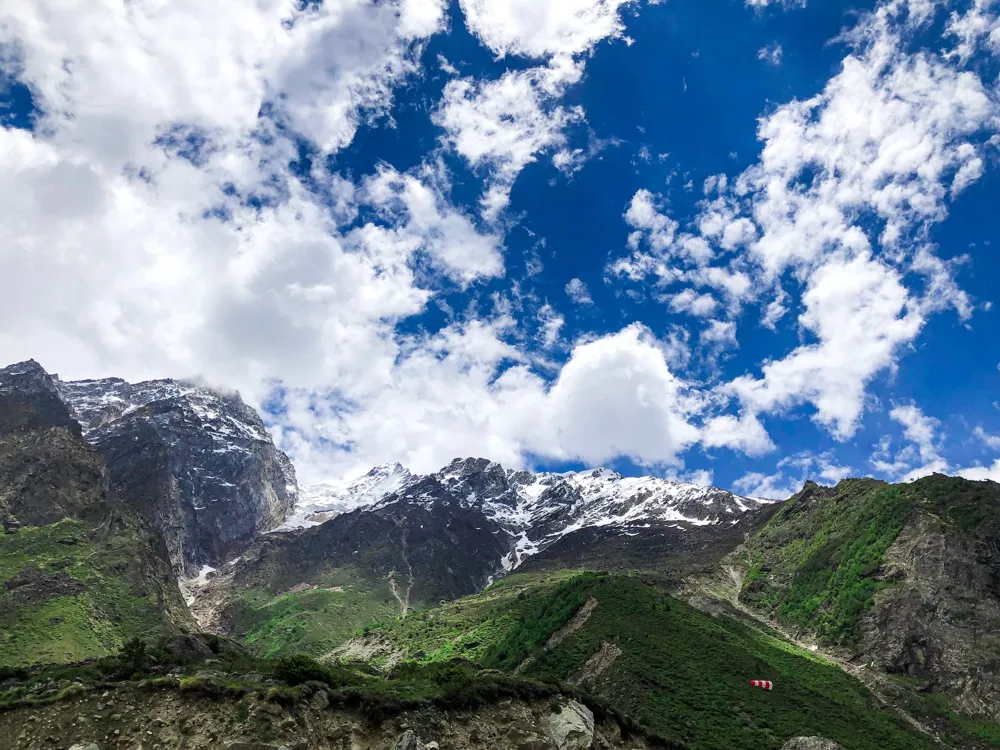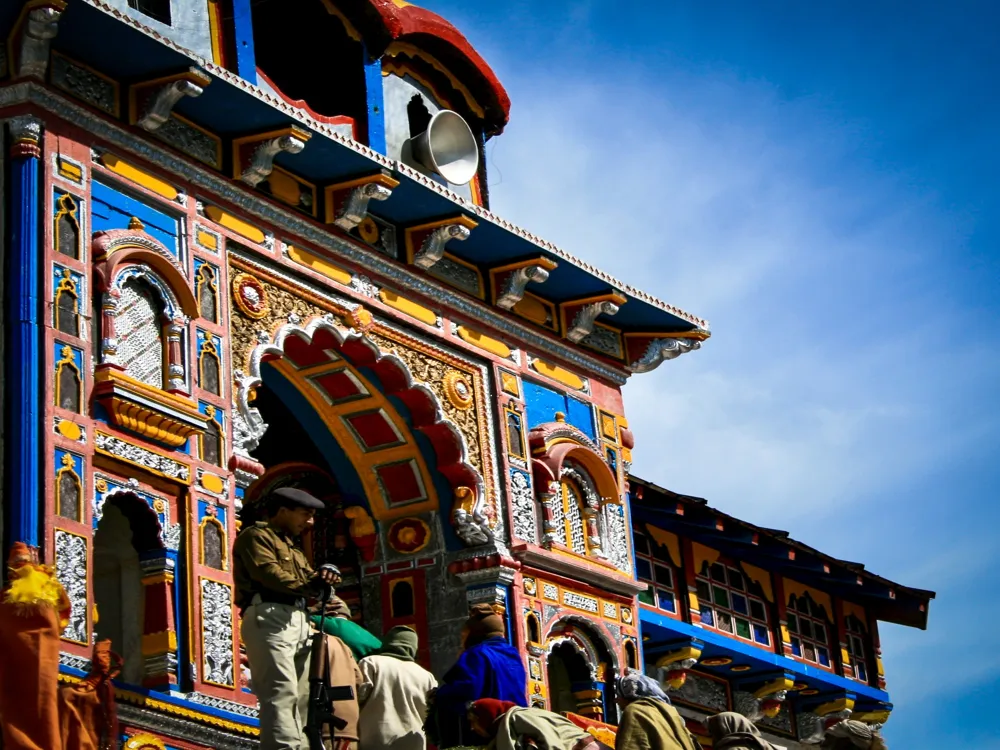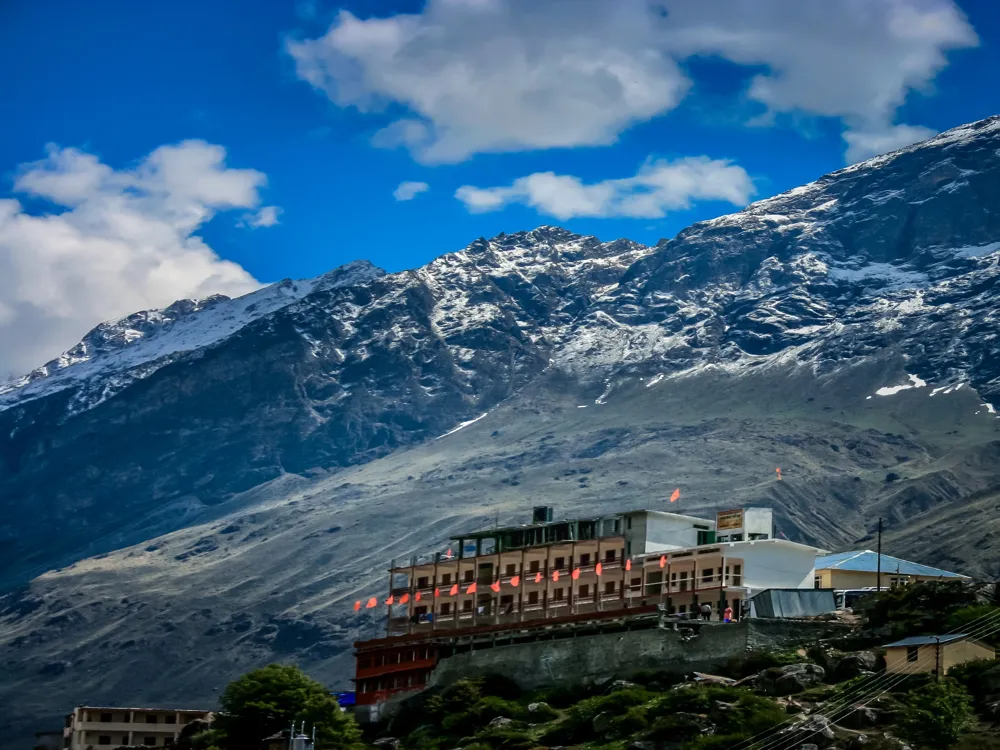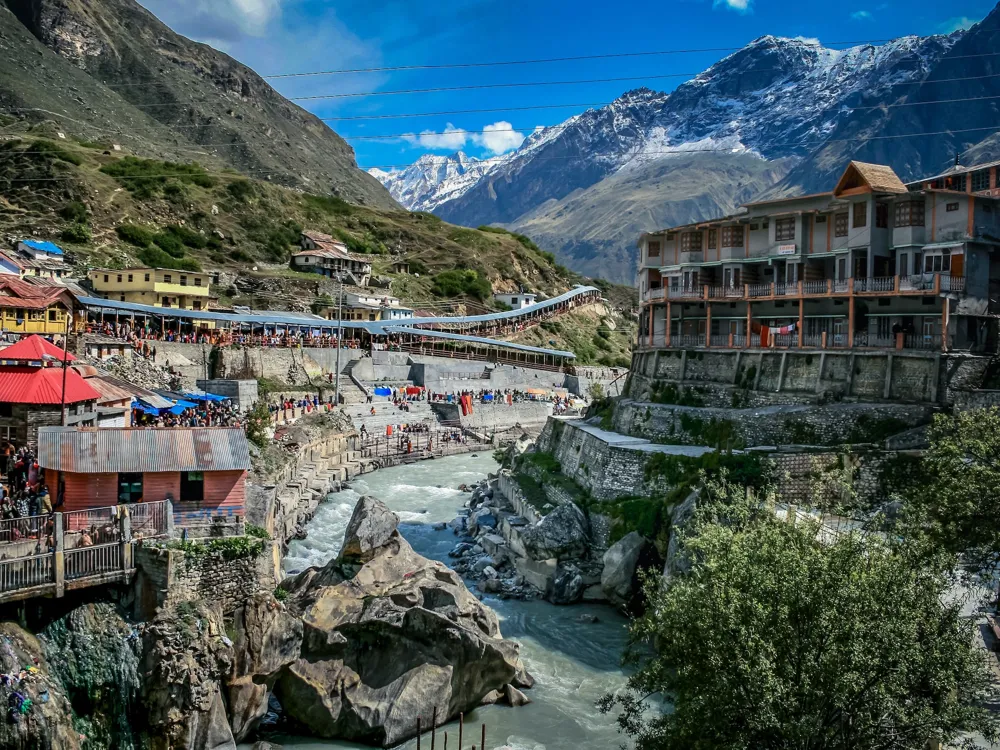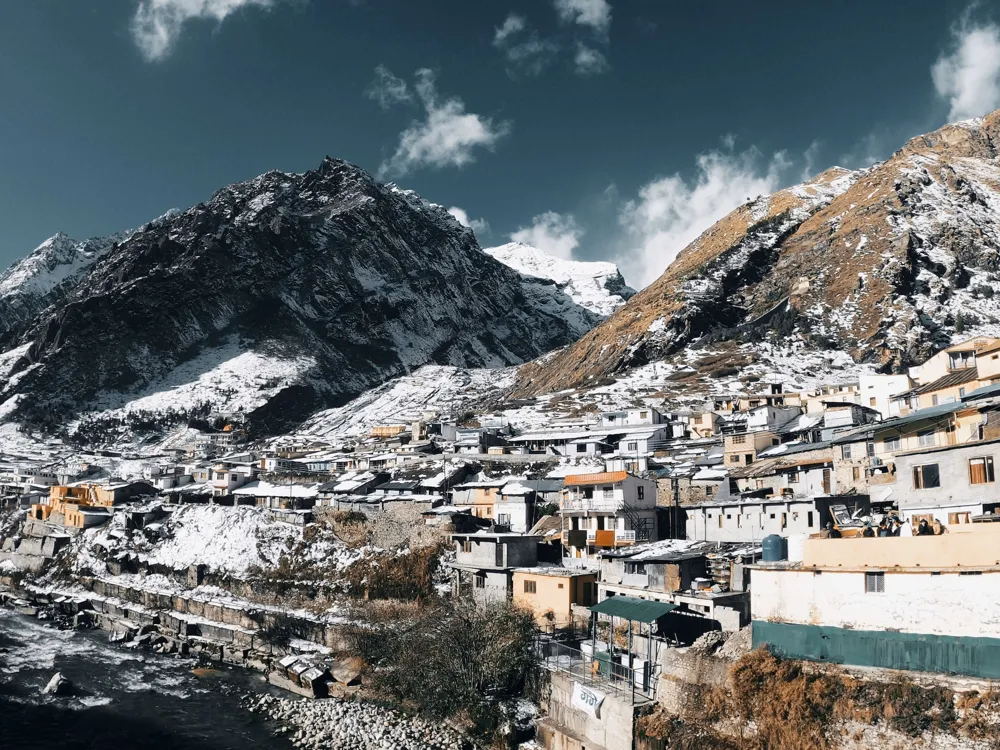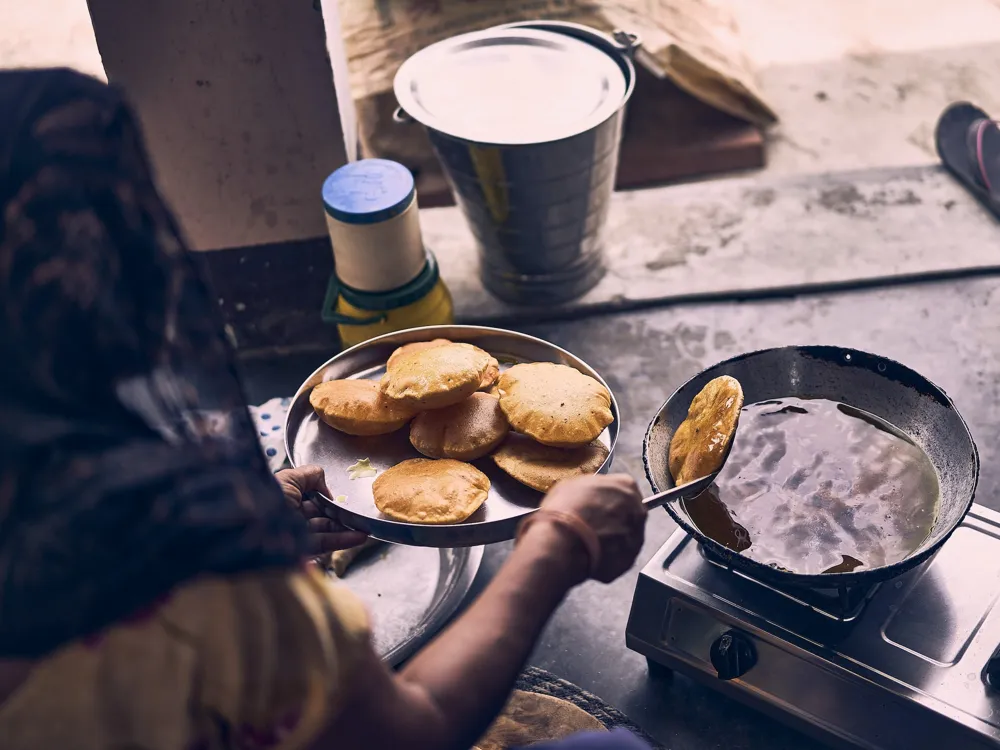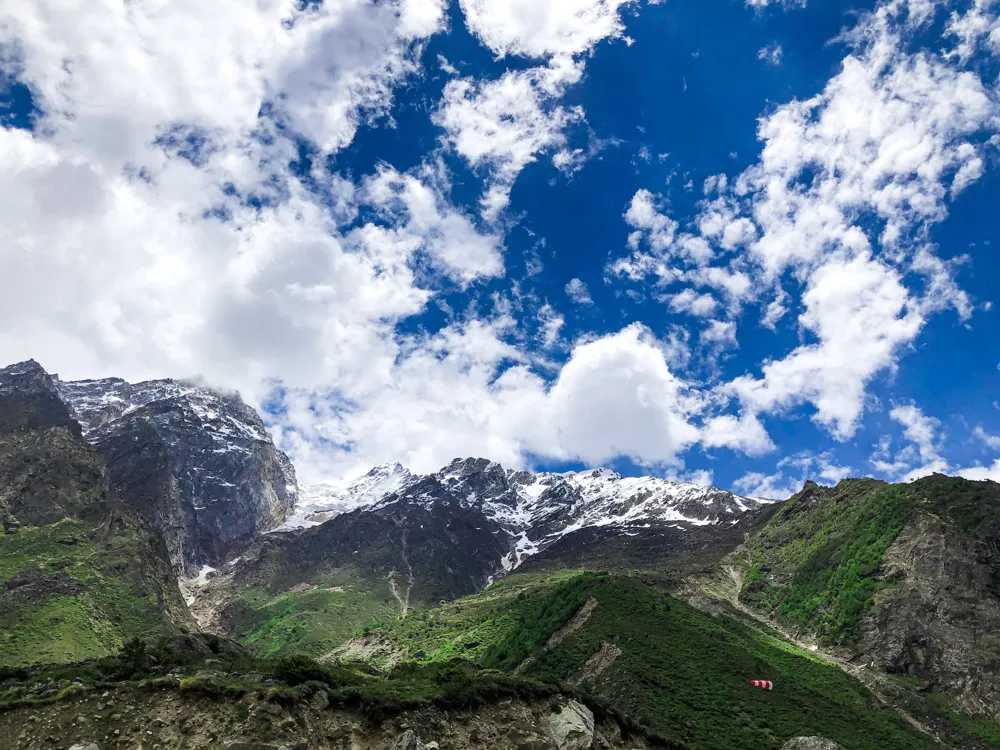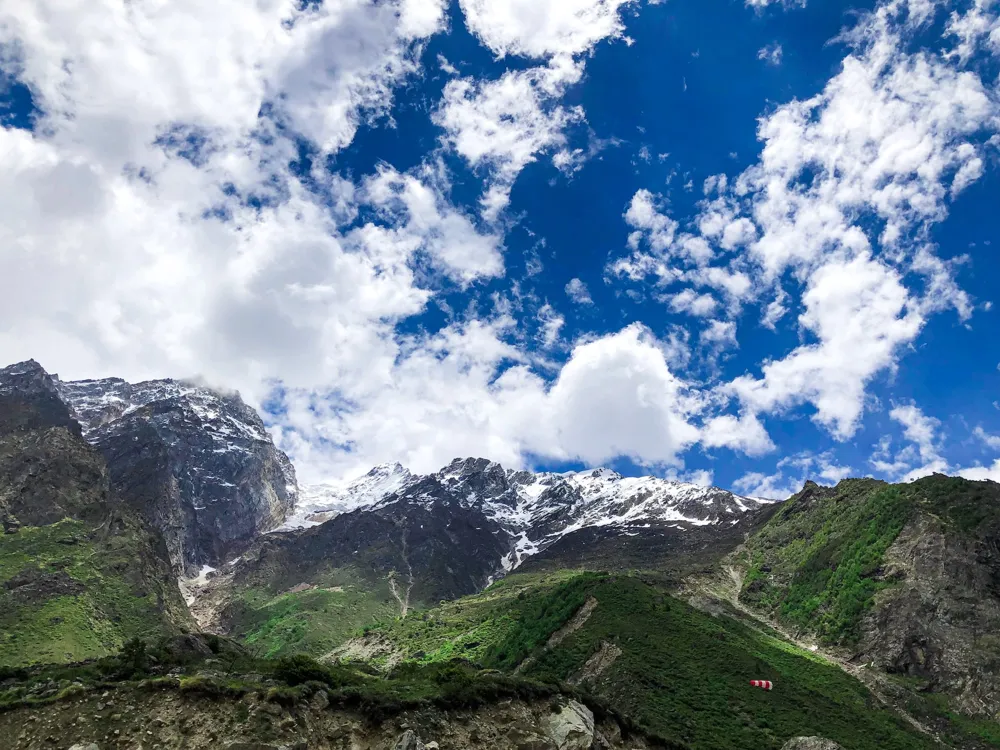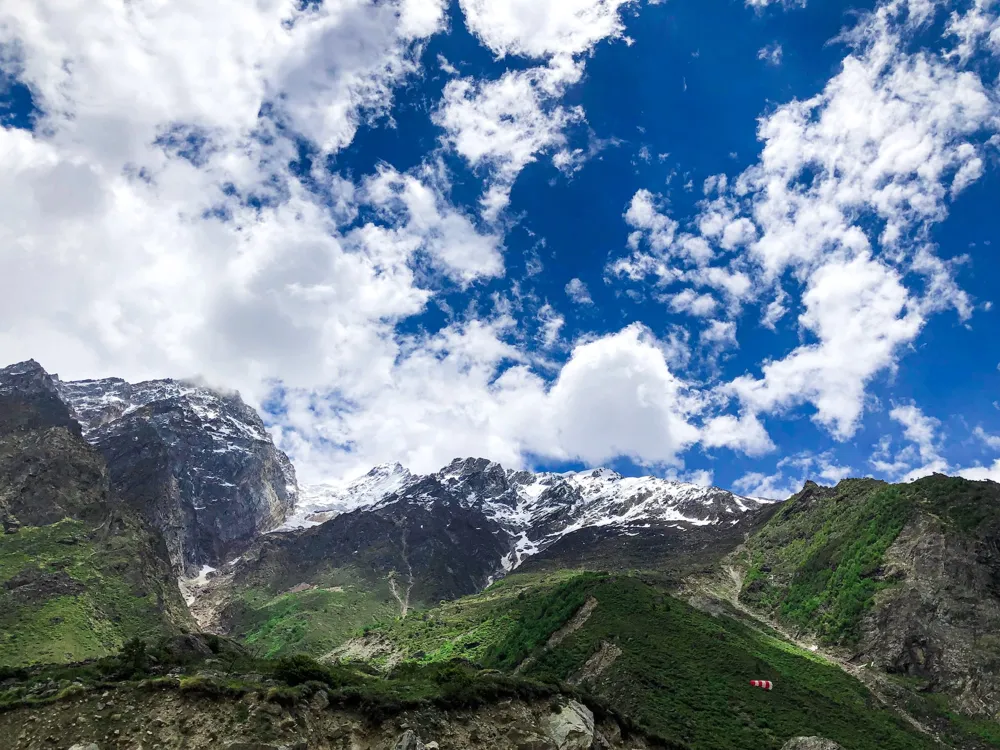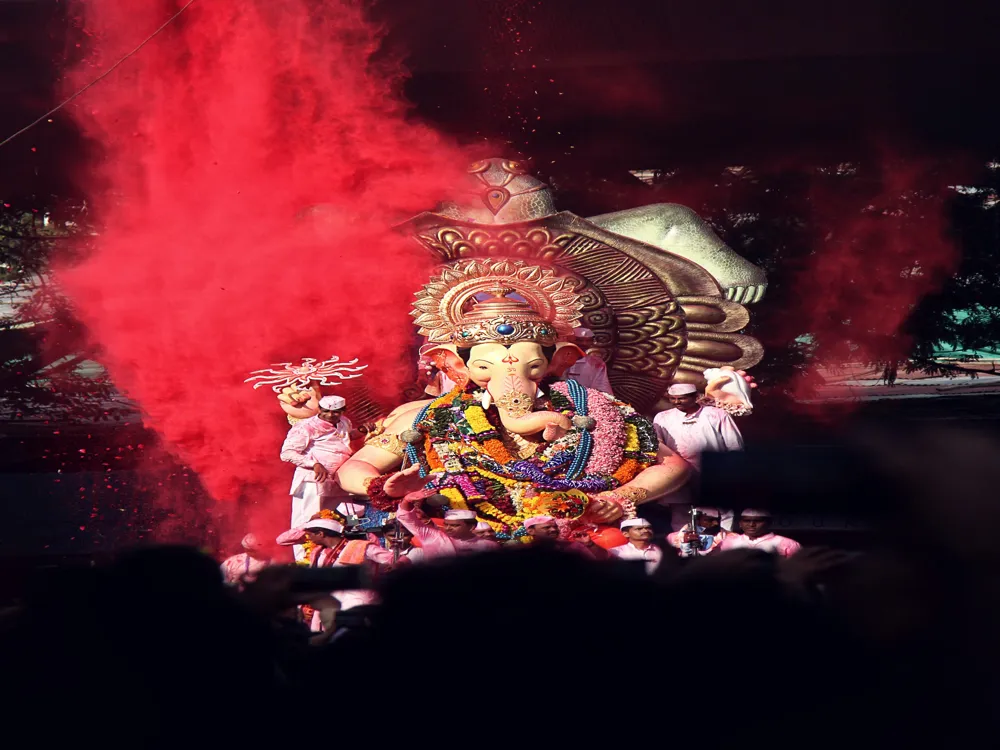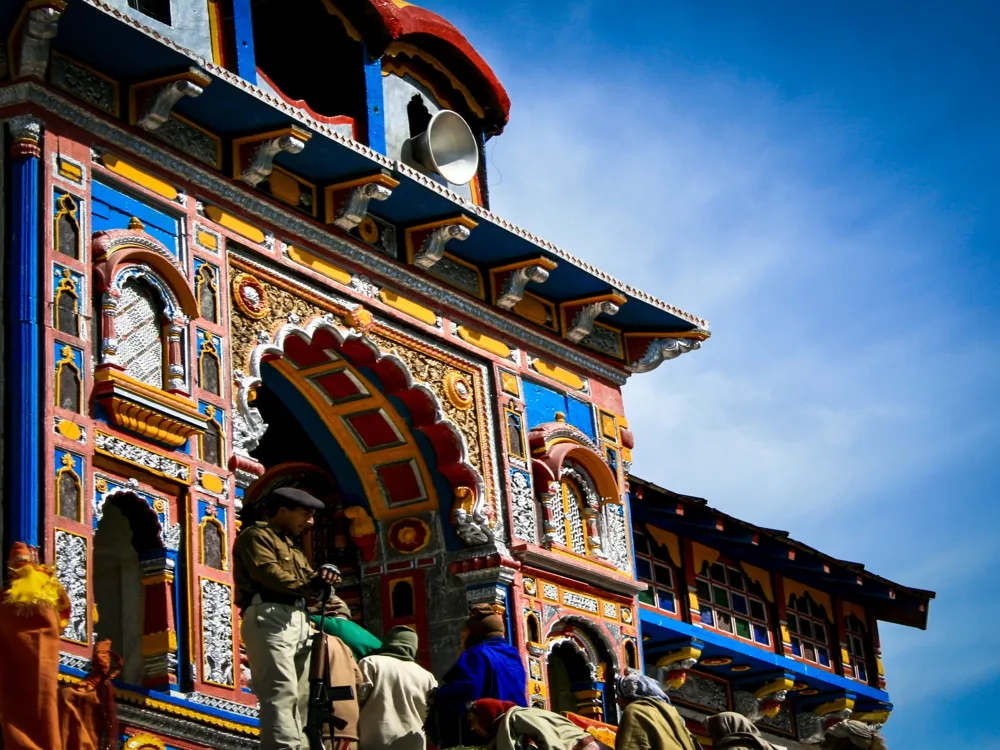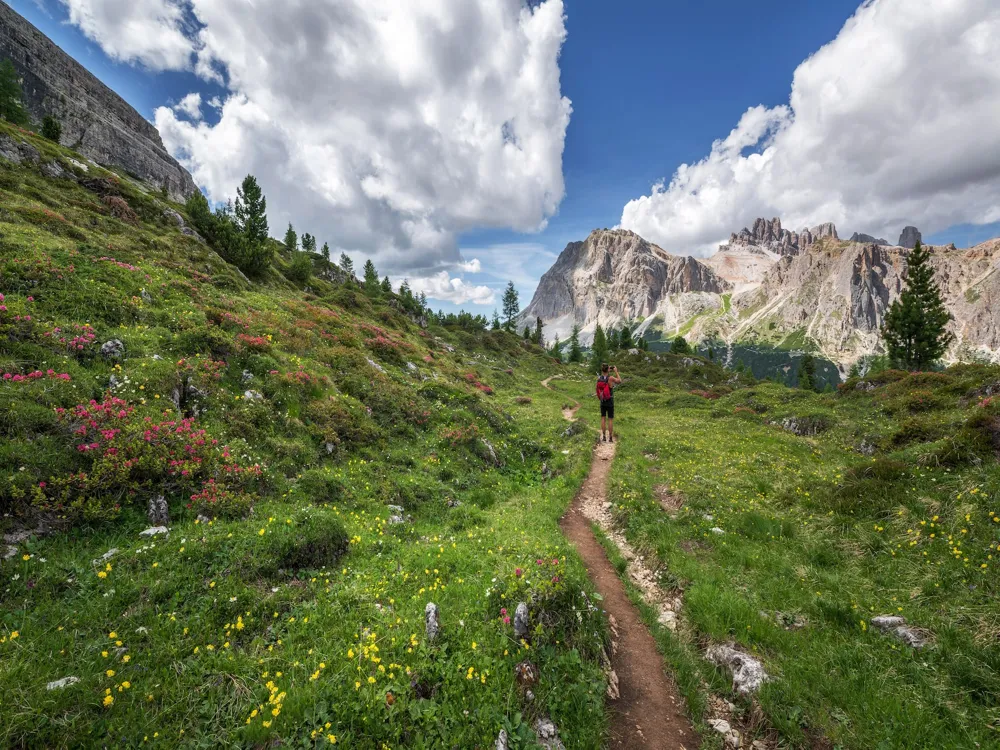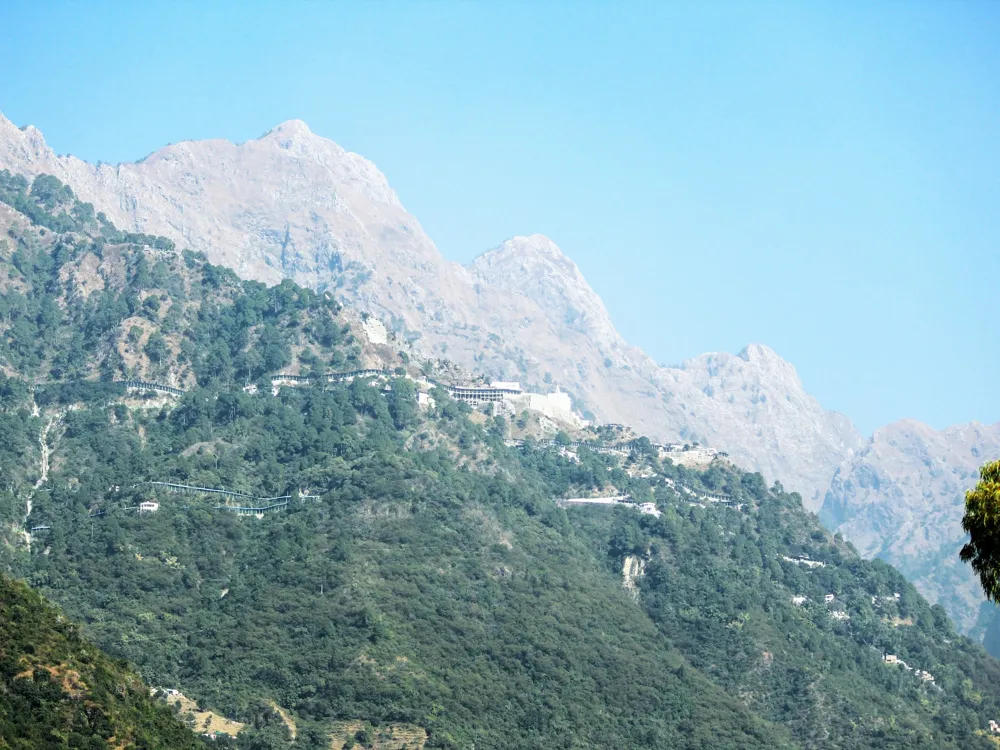Best Time To Visit Badrinath
Char Dham Uttarakhand India
5 out of 57 Places to visit in Uttarakhand₹ 11,200 onwards View Packages
Get Customized PackagesThe Land of Diversity
Top Hotel Collections

Private Pool

Luxury Hotels

5-Star Hotels

Pet Friendly
What is the Best Time to Visit Badrinath?
Badrinath, nestled in the heart of the Himalayas, is not just a destination; it's a spiritual journey. As you plan your pilgrimage, understanding the nuances of its weather becomes paramount. In this comprehensive guide, we delve into the best times to visit Badrinath, offering insights into each season to ensure your pilgrimage is not only sacred but also comfortable.
More about the Best Time to Travel to Badrinath
Travel Peak Season in Badrinath
Embarking on a spiritual journey during the peak season can enhance your experience. From May to June, Badrinath basks in pleasant weather, with temperatures ranging from 15°C to 30°C. Pilgrims flock to witness the vibrant landscapes and partake in religious ceremonies. The sacred ambiance, coupled with manageable temperatures, makes it the ideal time to seek blessings at Badrinath.
Travel Offseason in Badrinath
For those seeking solitude and a unique spiritual experience, the offseason, from November to February, beckons. The winter chill envelops Badrinath, offering a serene atmosphere. While the temperatures can drop to -5°C, the snow-covered landscapes create a picturesque setting, turning the pilgrimage into a truly ethereal journey.
Badrinath Travel Packages
View All Packages For Badrinath
Badrinath Weather in Winter (November – February)
Badrinath Weather in November
November marks the onset of winter, with temperatures ranging from 5°C to 15°C. The crisp air and the anticipation of snowfall set the stage for a tranquil pilgrimage.
Badrinath Weather in December
As December unfolds, temperatures plummet from -2°C to 8°C. The sacred abode transforms into a winter wonderland, attracting those seeking a unique spiritual experience.
Badrinath Weather in January
In January, Badrinath experiences its coldest temperatures, ranging from -5°C to 5°C. Pilgrims brave the cold to witness the divine aura that envelopes the temple during this magical winter month.
Badrinath Weather in February
As winter bids adieu, February brings a gradual increase in temperatures, ranging from 0°C to 10°C. Pilgrims can still enjoy the pristine white landscapes while anticipating the arrival of spring.
Badrinath Weather in Summers (March to June)
Badrinath Weather in March
March heralds the arrival of spring, with temperatures rising from 5°C to 15°C. The snow begins to melt, revealing the vibrant hues of Badrinath's surroundings.
Badrinath Weather in April
April sees a further rise in temperatures, ranging from 10°C to 20°C. The rejuvenation of nature paints a mesmerizing backdrop for pilgrims seeking both spiritual solace and scenic beauty.
Badrinath Weather in May
May brings balmy weather to Badrinath, with temperatures hovering between 15°C to 30°C. The summer charm unfolds, making it an ideal time for pilgrimage and exploration.
Badrinath Weather in June
June completes the summer spectrum, with temperatures ranging from 20°C to 35°C. The weather is pleasant, allowing pilgrims to embark on their spiritual journey without the constraints of extreme cold or heat.
Badrinath Weather in Monsoon (July – October)
Badrinath Weather in July
Monsoon brings its own allure to Badrinath, with temperatures ranging from 15°C to 25°C. While rainfall is moderate, the lush greenery adds a unique charm to the pilgrimage.
Badrinath Weather in August
In August, the monsoon continues, with temperatures fluctuating between 10°C to 20°C. Pilgrims can experience the divinity of Badrinath amidst the gentle monsoon showers.
Badrinath Weather in September
September witnesses a gradual transition, with temperatures ranging from 10°C to 20°C. The post-monsoon ambiance adds a refreshing touch to the pilgrimage.
Badrinath Weather in October
October marks the end of the monsoon, with temperatures ranging from 5°C to 15°C. The pilgrimage resumes its serene atmosphere, allowing devotees to partake in religious rituals without the interruptions of heavy rainfall.
In conclusion, understanding the distinct charms of each season in Badrinath is crucial for planning a pilgrimage that aligns with your preferences. Whether you seek the vibrancy of peak season or the tranquility of the offseason, Badrinath welcomes you with open arms throughout the year.
Places To Visit In Badrinath
View All Places To Visit In BadrinathNearby Places Badrinath
Badrinath Photos
View All Photos For BadrinathBrowse Package Collections
Browse Hotel Collections
Faq
1. When is the best time to visit Badrinath?
The ideal time to visit Badrinath is during the months of May to June and September to October. These periods offer pleasant weather and clear skies, making it conducive for pilgrimage and sightseeing.
2. Is Badrinath accessible throughout the year?
Badrinath is usually accessible from late April to early November. The temple remains closed during the winter months due to heavy snowfall, making the region inaccessible. The closing and opening dates vary each year and are determined by Hindu religious authorities.
3. What is the weather like in Badrinath during peak season?
During peak season (May to June), the weather in Badrinath is generally mild with temperatures ranging from 10 to 18 degrees Celsius. It is advisable to carry light woolens and comfortable clothing.
4. Are there any specific festivals or events during a particular time in Badrinath?
The Badrinath Temple opens on Akshaya Tritiya (April/May) and closes on Vijayadashami (October). Devotees often plan their visits during these times to witness special ceremonies and celebrations.
5. Is it recommended to visit Badrinath during the monsoon season?
It is advisable to avoid visiting Badrinath during the monsoon season (July to August) due to heavy rainfall, which may lead to landslides and roadblocks. Pilgrims are encouraged to plan their trips outside these months.

